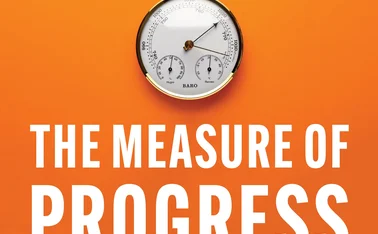
Financial frictions key to DSGE performance – NY Fed paper
The New York Fed’s DSGE model was at least equal to private forecasts, researchers say

The Federal Reserve Bank of New York’s main structural forecasting model performed relatively well in the difficult period after 2008 in large part due to the financial frictions it contains, researchers say in a new paper.
The team, all of whom are currently or formerly affiliated with the New York Fed, note the post-crisis period has been characterised by several peculiarities that a dynamic stochastic general equilibrium model’s “rigid structure” would be likely to struggle with.
A weakened
Only users who have a paid subscription or are part of a corporate subscription are able to print or copy content.
To access these options, along with all other subscription benefits, please contact info@centralbanking.com or view our subscription options here: subscriptions.centralbanking.com/subscribe
You are currently unable to print this content. Please contact info@centralbanking.com to find out more.
You are currently unable to copy this content. Please contact info@centralbanking.com to find out more.
Copyright Infopro Digital Limited. All rights reserved.
As outlined in our terms and conditions, https://www.infopro-digital.com/terms-and-conditions/subscriptions/ (point 2.4), printing is limited to a single copy.
If you would like to purchase additional rights please email info@centralbanking.com test test test
Copyright Infopro Digital Limited. All rights reserved.
You may share this content using our article tools. As outlined in our terms and conditions, https://www.infopro-digital.com/terms-and-conditions/subscriptions/ (clause 2.4), an Authorised User may only make one copy of the materials for their own personal use. You must also comply with the restrictions in clause 2.5.
If you would like to purchase additional rights please email info@centralbanking.com test test test







